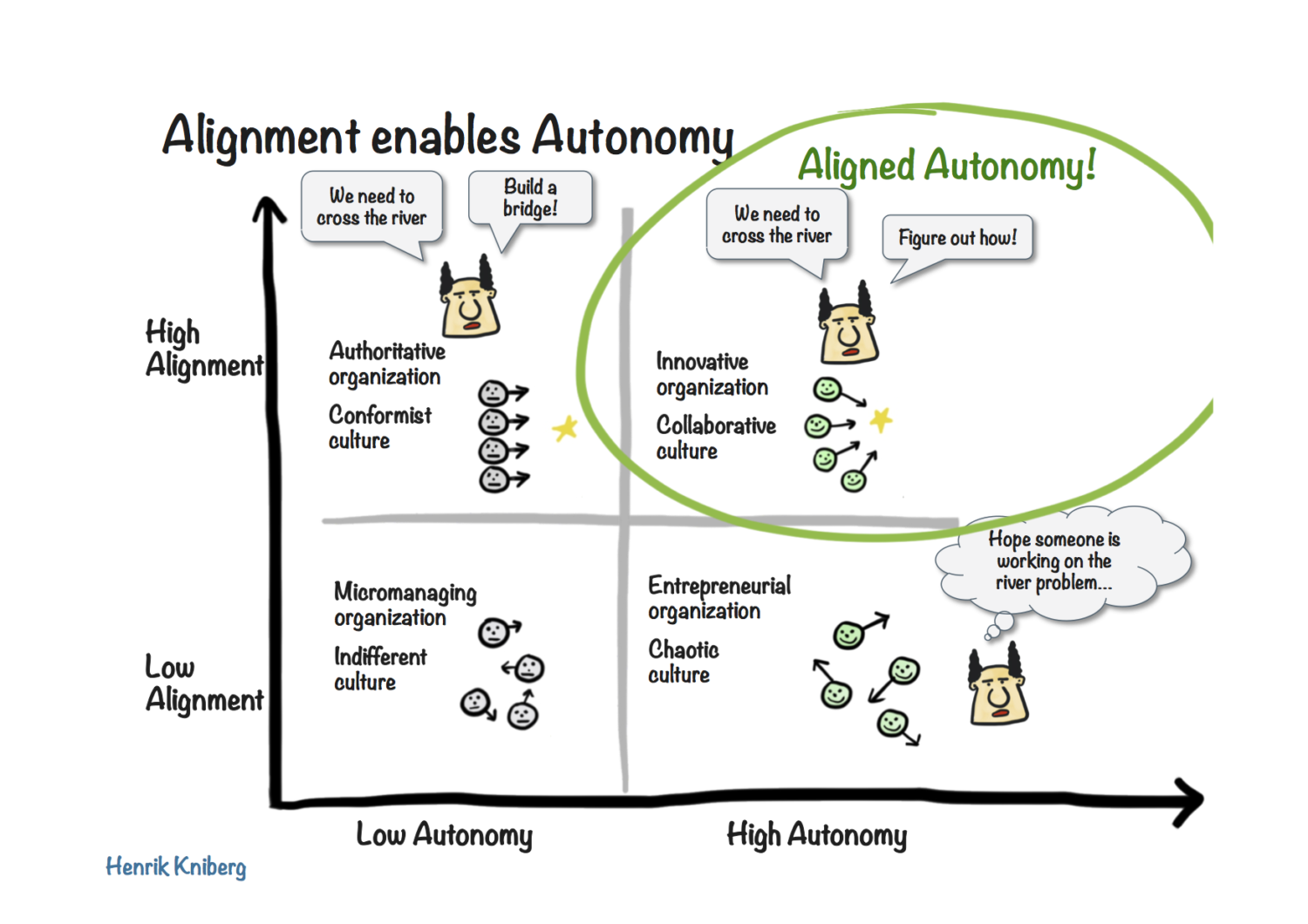The 3 Phases of Proper Agile Transformation


Summary
As agile coaches and Atlassian Partners, we’ve helped companies of all sizes across varying industries successfully adopt and become agile. Agile is no longer reserved for fast-moving software development teams: Business units, C-level executives, and even military operations are all aspiring to become agile and more responsive so they can stay competitive in a constantly changing, complex environment. Before making organizational and process changes, management needs to pause and think deeply about identifying where and when to adopt — so they can actually do agile right. Through our various engagements, we’ve identified the three phases senior leadership need to follow as they embrace and undergo their agile transformation.
Phase 1 – Discovery
Your transformation starts with the Discovery phase. The first step is to perform an internal health and sanity check:
- Updating the organizational chart to be accurate
- Identifying current business processes: directional flow of information, interdependencies and common bottlenecks
- Identifying ongoing business initiatives and KPIs
Atlassian likens this to a health monitor in their own team playbook. The best and only way for this discovery phase to work is to be unabashedly honesty. This means that throughout the process of looking in the mirror you don’t shy away from disagreements and tensions that may surface. And after identifying and becoming aware of them, you’ll be better able to prioritize, resolve, and improve on them. The following questions are always helpful:
- Why do we currently do this, and is it still relevant and valuable?
- Is this the most efficient and effective way to get work done?
- What’s a better tool or method we can try using to improve our collaboration and productivity?
We highly recommend having an independent, third-party go through these motions to collect information in an objective manner.
Phase 2 – Transform
An important principle to keep in mind is that transformational change takes time and persistence. While enthusiasm for agile is always great, it should never be thought of as a cure-all. There will be uncomfortable situations and painful decisions to make as the organization structure is redesigned and your internal culture is reevaluated and often flipped. People will have vested responsibilities and positions that might no longer be relevant or applicable in an agile environment, so you’ll need to be sensitive to these gaps and determine how to cross them in a thoughtful way.
With that in mind, let’s begin Phase 2 with The Agile Manifesto:

While the things on the right do have their value, the Manifesto lays out preference for the things on the left, giving them priority over the things on the right.
A big change to the organization will be departmental structure and separation of powers. Under the agile mindset, small teams are established that possess the cross-functional skills to self-organize and solve problems proactively. A practical example of this would be seating charts changing so teams can sit together, as opposed to being separated by department. If a team can be thought of as vertically-integrated silos, then departments and homogenous skillsets can be thought of horizontal groupings. In many technology companies like Google and Spotify, these have been called “tribes”.

As part of the self-organizing mentality, managers and executives also need to adjust their attitudes around control and trust. In a traditional, hierarchical organization, the top dictates what needs to be done, and then managers control the human resources and plan out how to deliver on time and within budget. However, in an agile environment, while the top still dictates what needs to be done, the implementation — the how — is decided by the team.

Each team member brings a unique skillset that is valuable and mutually exclusive from everyone else on the team, allowing each person to contribute to successfully achieving the work. The team discusses, strategizes, and plans their time and energy themselves, operating under the edict that they are trusted to do whatever is necessary to deliver their commitments on time, within their best abilities.
Phase 3 – Normalize
The most effective way of normalizing and implementing all these changes is to hire an in-house agile coach. This person is the guardian and evangelist of all things agile within your company. He/she will enforce the principles and processes, ensuring that everyone understands why those changes were made, when they are supposed to happen, and what results are expected. They must be empowered to monitor how effectively the transformation is progressing, and stay aware of any old patterns and behaviors that might start creeping back in across the whole organization. This is necessary until the changes start to normalize. The measure of this will be when the changes no longer feel different or unnatural anymore.
To further normalize and underscore the transformation, we work closely with our clients to adopt tools like JIRA and Confluence. While JIRA was originally made for managing software products, its expanded functionality now allows teams of any size and purpose to manage their work in a highly visible and collaborative way that reflect the Agile principles.
Confluence can then be tightly integrated with JIRA so that while one tool is used for managing work, the other is used to maintain the team’s knowledge and company’s internal information. This means that team-members stay up to date on changes, best practices, and new initiatives.
Conclusion
Agile is a combination of mindset change, culture shift, and process evolution. Implemented properly, it can transform enterprises and teams into high-performing, dynamically responsive entities that stay relevant and competitive in a continuously changing, complex operating landscape. By following the three phases listed above, you can ensure that you and your organization will be effective in your agile transformation.
